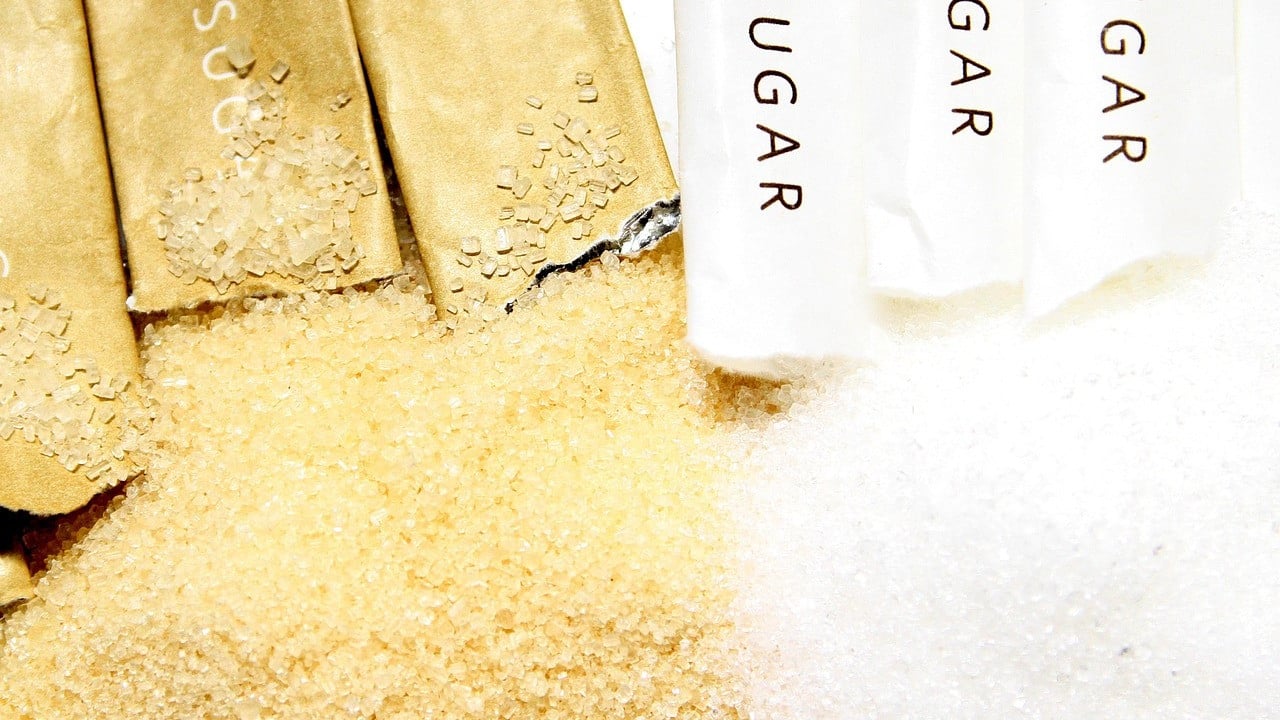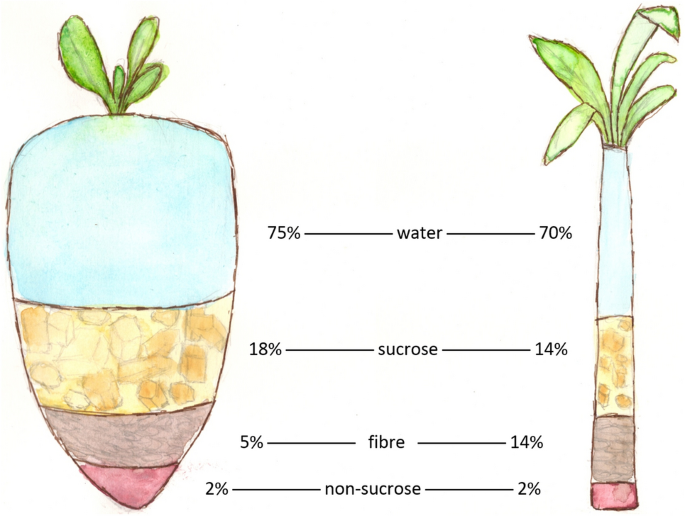Some people prefer beet sugar vs cane sugar for its believed health properties and natural quality.
Some people prefer beet sugar vs cane sugar for its believed health properties and natural quality.
Blog Article
Discover the Uses and Perks of Beet Sugar Vs Cane Sugar in Your Daily Diet
Discovering the distinct top qualities of beet and cane sugar reveals greater than just their sweetening capacities; it highlights their one-of-a-kind effect on wellness and cookeries. Beet sugar, understood for its subtle flavor, is typically preferred in fragile desserts, whereas cane sugar, with its hint of molasses, includes richness to durable meals. Each type holds its own dietary profile and glycemic ramifications, inviting a deeper understanding of their duties in a well balanced diet and lasting consumption methods.
Beginning and Manufacturing Processes of Beet and Cane Sugar

The unique climates and dirt kinds needed for expanding sugar beetroots and sugarcane add to differences in their cultivation practices and geographic circulation, affecting the business economics and sustainability of their manufacturing. beet sugar vs cane sugar.
Nutritional Comparison Between Beet Sugar and Cane Sugar
Despite stemming from various plants, beet sugar and cane sugar are nutritionally very similar, both mainly consisting of sucrose. Each gives concerning 4 calories per gram, converting to roughly 16 calories per tsp. Structurally, both sugars are composed of around 99.95% sucrose, with marginal quantities of other substances like moisture and trace element, which do not dramatically alter their nutritional accounts.

Eventually, when picking in between beet sugar and cane sugar based upon nutritional material alone, both deal similar benefits and disadvantages as they are essentially forms of the very same molecule-- sucrose, giving fast energy without various other nutrients.
Influence On Health: Glycemic Index and Caloric Material
Checking out better into the results of beet sugar and cane sugar on health, it is necessary to consider their glycemic index and calorie material. Both sugars are categorized as sucrose, which is composed of glucose and fructose. This composition leads them to have a similar influence on blood sugar level levels. The glycemic index (GI) of both beet and cane sugar is around 65, categorizing them as high-GI foods, which can cause quick spikes in blood glucose levels. This is a vital aspect for people managing diabetes mellitus or those visit here trying to maintain their energy degrees throughout the day.
Each kind of sugar contains around 4 calories per gram, making their calorie content matching. For those keeping track of calorie intake, especially when handling weight or metabolic wellness conditions, comprehending this equivalence is important (beet sugar vs cane sugar). Too much consumption of any type of high-calorie, high-GI food can contribute to health problems such as excessive weight, heart disease, and insulin resistance.
Environmental and Economic Considerations of Sugar Production
Beyond health and wellness impacts, the manufacturing of beet and cane sugar also increases substantial environmental and economic worries. Sugar beet farming often tends to need cooler climates and has a reduced geographical footprint compared to sugar cane, which thrives in exotic areas.
In addition, using chemicals and plant foods in both beet and cane sugar farming can cause soil deterioration and contamination, further impacting biodiversity and neighborhood water bodies (beet sugar vs cane sugar). The choice in between growing sugar beet or cane usually rests on neighborhood ecological problems and economic factors, making the sustainability of sugar production a complex issue
Culinary Applications and Flavor Distinctions
While the environmental and financial aspects of sugar manufacturing are indeed considerable, the choice in between beet and cane sugar also influences culinary applications and taste accounts. Beet sugar, derived from the sugar beet plant, is understood for its extremely neutral taste.
Cane sugar, removed from sugarcane, typically preserves molasses traces, which impart a distinct splendor and Recommended Site depth. The mild variant in wetness content between beet and cane next page sugar can affect the texture and uniformity of meals, making cane sugar a recommended choice for details recipes that benefit from its distinct homes.

Verdict
Finally, both beet and cane sugar have unique beginnings and production processes, supplying comparable dietary accounts with small distinctions in salt content and flavor. While their effect on health, especially regarding glycemic index and calories, is equivalent, the selection between them commonly comes down to ecological, economic variables, and particular cooking demands. Comprehending these aspects can lead consumers in making notified decisions that straighten with their health goals and flavor choices.
Report this page